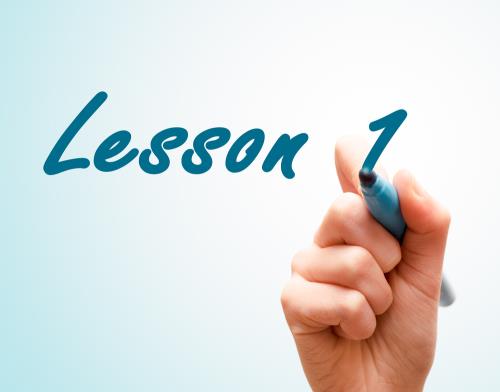19 Oct 2021

By Mark Richards,
The expectations and dialogue around lesson plans has changed quite considerably over the last 10-15 years or so. However, lesson planning remains a massive burden for teachers – especially those who are new to the profession.
Thankfully – now that Ofsted have made it crystal clear that detailed lesson plans are not an expectation during inspections – what many schools have demanded of their teachers in terms of lesson planning has reduced. Despite this, some senior leadership teams still see (and expect) individual lesson plans from their teachers.
Planning a coherent sequence of lessons significantly adds to the workload burden faced by teachers. Of course, no teachers would attempt to argue that lessons don’t have to be planned at all. The issue rests with the level of detail that needs to be included and what a plan should actually consist of. For example, should it be a minute-by-minute, blow-by-blow account of the entire lesson? Or, should it just detail where a lesson sits within a sequence of lessons and the big picture of learning?
Planning in detail becomes especially onerous if you are expected to do it for 20 or so lessons a week. The Five Minute Lesson Plan is a fantastic and far more manageable alternative.
@TeacherToolkit produce a standard template for the 5-minute lesson plan. It contains various elements that should be considered. You can choose to follow the template closely or adapt as you see fit. However, these are the aspects that should be considered. Whichever approach you take, then emphasis should always be on keeping things brief.
Firstly, the big picture – where the lesson sits in the curriculum plan and the prior knowledge that students bring to the lesson should be considered. The objectives of the lesson should be broken down into stages and shared with students. Engagement needs to be addressed by creating a hook that will motivate and interest students. An aspect of retrieval should be included, such as recalling what was covered in a previous lesson. It’s also worth briefly considering how the lesson will promote literacy and numeracy skills.
Next comes the question of scaffolding vs fading – to what extent will support either need to be given to students (or taken away) during the lesson?
Either planned modelling or the presentation of new material are key aspects that need to be outlined. A really important aspect that should definitely be thought-through before every lesson is the level of intervention that will be required, including differentiation and how learning support assistants might be employed.
The all-important question of stickability – how you are going to get the information and learning to stick and be retained by pupils needs to be addressed. Finally, consider how the lesson will fit within the sequence of lessons.
At the end of the day, it is the guiding principles of the 5-minute lesson plan that are the most important aspect – that and the advice to retain brevity. The 5-minute lesson plan becomes redundant as an exercise if you overload it with too much detail.
RELATED POSTS
1. Do five-minute lesson plans actually work?
2. How to Make a Remote Learning Lesson Plan
3. How to get the most out of lesson observations
4. Checklist for Lesson Planning
5. Should technology be used more in lessons?
We encourage our readers to share their knowledge.
Do you have an idea, view, opinion or suggestion which would interest others in the education sector?
Are you a writer? Would you like to write and have your article published on The Educator?
If you are connected with the education sector or would like to express your views, opinion on something required policymakers’ attention, please feel free to send your contents to editorial@theeducator.com